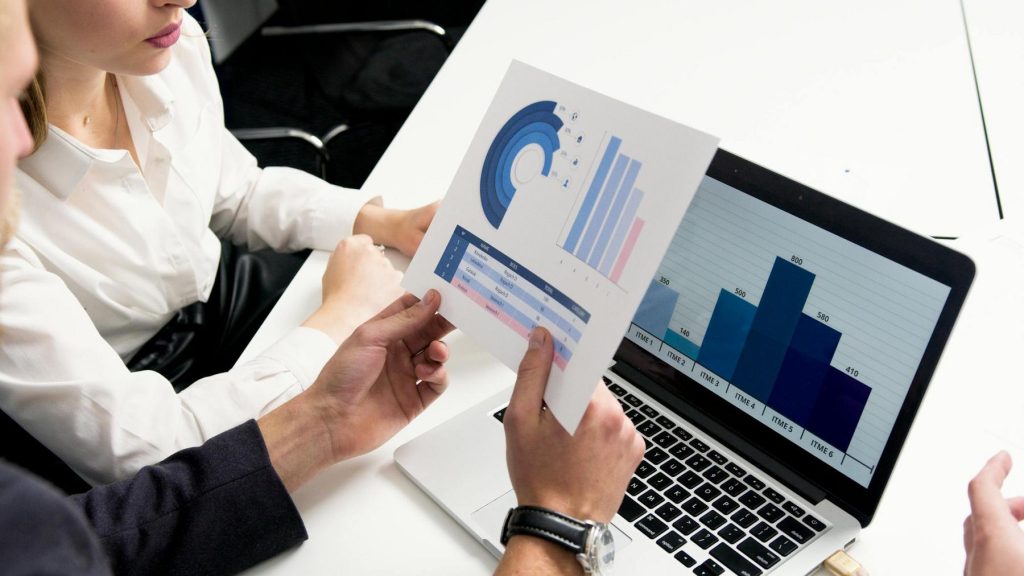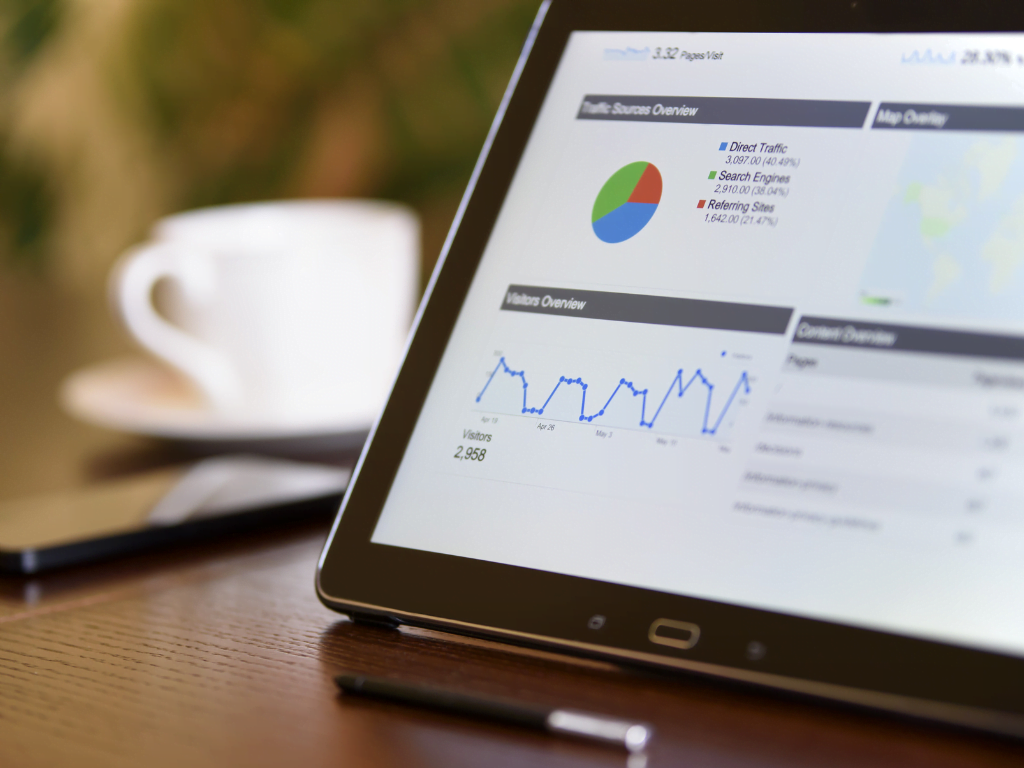In the ever-evolving landscape of digital marketing, understanding the intricacies of consumer psychology has become more crucial than ever. As we navigate the complexities of the Australian market in 2025, businesses must harness the power of psychological insights to create compelling campaigns that resonate with their target audience.
The Hidden Forces Driving Consumer Decisions
Did you know that a staggering 95% of purchasing decisions are made subconsciously? This revelation underscores the importance of tapping into the psychological underpinnings that guide consumer behaviour. By understanding and leveraging these hidden forces, marketers can craft messages that speak directly to the subconscious mind, significantly increasing the effectiveness of their campaigns.
How Can Marketers Leverage the Consumer Decision-Making Process?
The consumer decision-making process is a complex journey consisting of five distinct stages:
- Need Recognition
- Information Search
- Alternative Evaluation
- Purchase Decision
- Post-Purchase Evaluation
By aligning your digital marketing strategies with each of these stages, you can guide potential customers seamlessly through their buying journey. Let’s explore how to optimise your approach for each phase:
Need Recognition: Triggering Desire
To effectively trigger need recognition, marketers must create awareness and desire. This can be achieved through:
- Emotionally resonant advertising that highlights a problem or aspiration
- Strategic use of social media to showcase lifestyle benefits
- Personalised content that speaks to individual pain points
Information Search: Becoming the Go-To Resource
During the information search stage, consumers are actively seeking details about potential solutions. To position your brand as the ultimate resource:
- Developcomprehensive, SEO-optimised content that answers common questions
- Utilise visual content, as social media posts with images receive a 650% higher engagement rate than text-only posts
- Implement a robust content marketing strategy across multiple channels
Alternative Evaluation: Standing Out from the Crowd
As consumers compare options, your brand needs to shine. Consider these tactics:
- Highlight unique selling propositions through clear, benefit-driven messaging
- Leverage social proof throughcustomer testimonialsand influencer endorsements
- Use colour psychology strategically, as 62% to 90% of impulse decisions are based solely on colours used in marketing
Purchase Decision: Sealing the Deal
To nudge consumers towards making a purchase:
- Create a sense of urgency with limited-time offers
- Simplify the buying process by reducing navigation items and using a single, clear call-to-action (CTA) per landing page
- Implementretargeting ads, which can have click-through rates 2-3 times higher than regular display ads
Post-Purchase Evaluation: Building Long-Term Loyalty
After the purchase, focus on:
- Providingexceptional customer support
- Encouraging and showcasing positive reviews
- Implementing loyalty programs to foster repeat business
What Psychological Principles Can Supercharge Your Digital Marketing?
By incorporating these powerful psychological principles into your digital marketing strategy, you can significantly enhance your campaign’s effectiveness:
The Law of Association
Create strong positive associations with your brand, much like Mercedes-Benz’s “The Best or Nothing” campaign links their vehicles with luxury and performance.
Social Proof
Leverage the power of social influence by showcasing user-generated content and testimonials. For instance, LEGO’s #BuildTogether campaign effectively builds trust through shared user experiences.
Scarcity and Urgency
Drive action by creating a sense of limited availability. HUGO BOSS utilises this principle effectively with their “Limited Edition” product lines, encouraging quicker purchase decisions.
The Principle of Contrast
Make your offerings stand out by strategically highlighting their benefits in comparison to alternatives. Optus employs this tactic to emphasise the superiority of their services against competitors.
The Mere Exposure Effect
Increase familiarity and trust through repeated, strategic exposure to your brand. This principle underlies the effectiveness of retargeting ads in boosting conversions.
How Can Marketers Avoid the Paradox of Choice?
While offering options is important, too many choices can overwhelm consumers and hinder decision-making. A famous experiment by Sheena Iyengar demonstrated this paradox:
| Jam Types Offered | Shoppers Attracted | Purchase Rate |
|---|---|---|
| 6 | 40% | 30% |
| 24 | 60% | 3% |
To avoid this paradox in your digital marketing:
- Limit navigation items on your website
- Use only one CTA per landing page
- Offer curated product selections rather than overwhelming catalogues
- Provide clear, concise product information to facilitate decision-making
What Role Does Emotional Marketing Play in Consumer Psychology?
Emotional marketing taps into the power of feelings to create strong connections with consumers. Here’s how to leverage emotions effectively:
- Tell compelling stories: Create narratives that resonate with your audience’s experiences and aspirations.
- Use vivid imagery: Incorporate visuals that evoke the desired emotional response.
- Highlight shared values: Align your brand with causes that matter to your target audience.
- Create exclusivity: Foster a sense of belonging, as demonstrated by American Express’s “Membership has its privileges” campaign.
By appealing to emotions, you can create deeper, more lasting connections with your audience, driving both immediate actions and long-term loyalty.
Conclusion: Harnessing Consumer Psychology for Digital Marketing Success
As we’ve explored, understanding and leveraging consumer psychology is paramount for digital marketing success in 2025. By aligning your strategies with the consumer decision-making process, incorporating powerful psychological principles, and tapping into emotions, you can create more effective, resonant marketing campaigns.
Remember, the key to success lies in continuously testing, learning, and refining your approach based on consumer responses and evolving market trends. By staying attuned to the psychological underpinnings of consumer behaviour, you’ll be well-positioned to achieve remarkable results in the dynamic world of digital marketing.
How can I use colour psychology in my digital marketing?
Colour psychology plays a crucial role in marketing, with 62% to 90% of impulse decisions based on colours alone. Choose colours that align with your brand personality and evoke the desired emotional response. For example, blue can convey trust and professionalism, while red can create urgency and excitement.
What is the most effective way to create urgency in digital marketing?
Creating a sense of urgency can be achieved through limited-time offers, countdown timers, and scarcity messaging. Use phrases like ‘Limited stock’ or ‘Offer ends soon’ to encourage quick decision-making. However, ensure that your urgency tactics are genuine to maintain trust with your audience.
How can I leverage social proof in my digital marketing strategy?
Incorporate customer testimonials, user-generated content, and influencer endorsements into your marketing materials. Showcase real experiences and results to build trust and credibility. For example, LEGO’s #BuildTogether campaign effectively uses user-generated content to foster community and demonstrate product value.
What is the optimal number of options to present to consumers?
While the ideal number can vary depending on your product or service, research suggests that limiting choices can lead to higher conversion rates. As demonstrated in the jam experiment, offering fewer options (6 instead of 24) resulted in a significantly higher purchase rate. Aim to provide a curated selection that offers variety without overwhelming your audience.
How can I use the principle of reciprocity in digital marketing?
Offer value to your audience without expecting immediate returns. This could include free content, trials, or samples. For instance, Kmart’s ‘Buy One, Get One Free’ promotions leverage reciprocity by offering additional value, encouraging customers to reciprocate with their loyalty and purchases.




